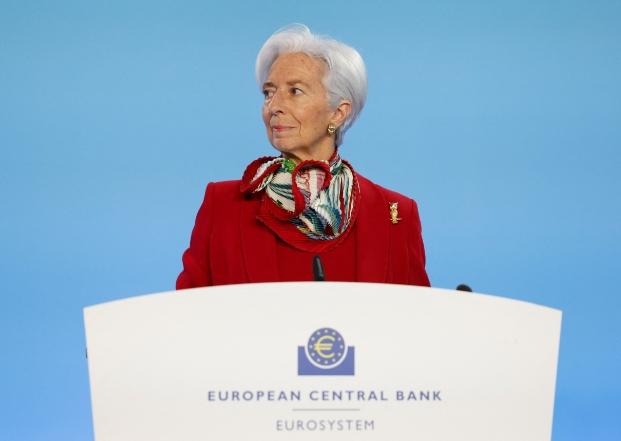The theses by Christine Lagarde, ECB President, at the Yearly Economic Policy Symposium “Fundamental Changes in the World Economy”
In the span of just three years, our global community has grappled with a series of seismic events. From the engulfing pandemic and the challenges of climate change to sudden geopolitical shifts, our reality is continuously being reshaped. One glaring consequence?
The reemergence of soaring inflation rates worldwide, causing real distress. Central banks have been proactive, tightening monetary policies to combat this, but the journey ahead remains uncertain. We may be entering an age of shifts in economic relationships and breaks in established regularities.
Reimagining the Global Economy
Three transformative shifts have characterized the post-pandemic landscape, affecting markets in varying capacities:
Redefining Labor and Work
We’re witnessing a labor market evolution.
- Unprecedented demand, contrasting with a non-returning workforce due to factors like health or shifting priorities.
- Employment rates soar, but average work hours dip.
- The rise of digitalization potentially alters job structures and offers remote working options.
- Some estimates suggest 25% of jobs in advanced economies could be automated, but the future remains unpredictable.
Transitioning Energy Landscapes
Alongside the pressing reality of climate change, our energy consumption habits are evolving.
- Shifts in energy supply sources and production strategies.
- Renewables are emerging as central players. The EU aims for renewables to constitute over 40% of energy generation by 2030.
Geopolitical Divides and Supply Chains
A more fractured global economy is emerging.
- An increase in trade restrictions and the reshaping of strategic industries.
- Global supply chains, tested by the pandemic, are now realigning to these new realities.
These transitions have undeniably impacted inflation. But whether these shifts are temporary or permanent remains to be seen.
Reassessing Economic Relationships
Two key questions arise from this new economic climate:
Will the nature of economic fluctuations evolve?
- Formerly, economies typically rode a consistent wave of potential output. This may no longer hold true.
- Supply-side shocks, accelerated climate change impacts, and energy transitions could redefine economic trajectories.
How will these shocks resonate throughout the economy?
- Potential for larger relative price shocks.
- Relative price adjustments may necessitate resource reallocation across sectors.
- Shifts in price- and wage-setting behaviors post-pandemic might influence economic outcomes.
In this evolving scene, central banks must remain vigilant to ensure relative price volatility doesn’t inadvertently feed into medium-term inflation.
Towards Robust Policymaking
To remain agile in these dynamic times, three tenets should guide our policymaking:
- Clarity: We must elucidate our goals and maintain unwavering focus.
- Flexibility: Embracing an adaptive analytical approach is crucial. We should avoid excessive reliance on past data and remain receptive to new patterns.
- Humility: Recognizing our limitations and conveying forecasts with a touch of humility is essential.
“The difficulty lies, not in the new ideas, but in escaping from the old ones,” — says John Maynard Keynes, British economist and philosopher.
In Conclusion
Navigating these shifting sands demands fresh perspectives and an adaptable playbook. As we usher in this age of economic shifts, central banks must anchor stability and steer towards ensuring consistent price stability.
For the European Central Bank, this means adopting a proactive stance, ensuring inflation aligns with the medium-term target of 2%. As we move forward, clarity in objectives, analytical flexibility, and humble communication will be our guiding stars.



